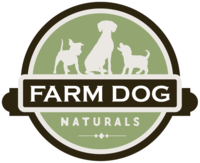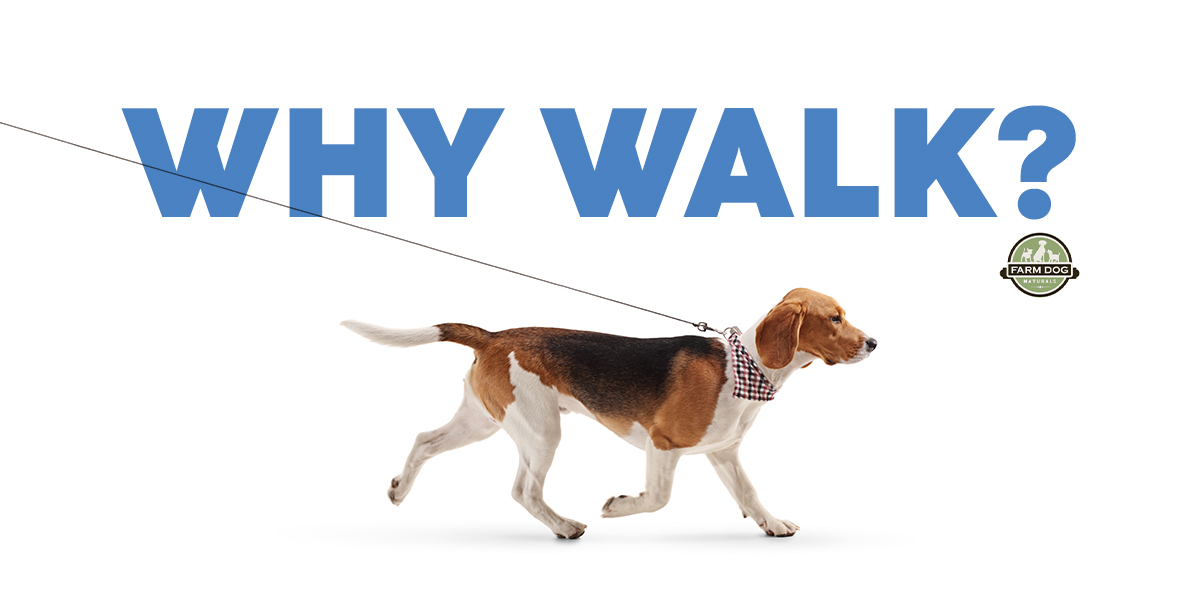The first time I walked my own dog I was 12. My puppy, Kelly, a rescued red bone hound was all over the place, but something clicked. The feelings I had for Kelly were different from what I’d felt for my pet guinea pig, Squeaky. For the first time, I had a responsibility to a living creature who required my full participation. This realization and awareness has changed and informed me throughout my life.
My mother enrolled Kelly and I in basic dog training for kids offered by the parks department; one evening a week for six weeks we would go to the recreation center and learn basic obedience and dog care. There was a strong emphasis on exercise. In between classes we practiced. I had a harness for Kelly and we walked all over the playground and school property, Kelly’s hound dog nose glued to the ground. At that point in my life I began to experience the human-dog bond; it made me feel complete. For me, that bond involved physical activities with Kelly, the easiest and most relaxing being our daily walk. Throughout my life, walking my dogs has been a daily ritual, some might say an obsession.
But that human-animal bond is just one of the reasons walking your dog is so important…
Benefits Of Walking Your Dog
Don’t let the limitations of your dog be a deterrent to getting the exercise you both need. Think of the benefits two thirty minute walks a day can provide:
- A reduction in destructive behaviors. Walking provides mental stimulus and physical exercise to help release energy and help dogs cope with everyday stress.
- Time for training the basics and increasing their skills.
- Nose work provides confidence building, mental stimulation, and variety to your walking experience.
- Regularly walking your dog will strengthen the bond between you and your dog.
- Exercising leads to a healthier lifestyle for everyone involved.
When I had my knees replaced, we had 3 dogs at home, two Golden Retrievers and a rescue Dalmatian. The need to walk my dogs was the driving force in my recovery. My dogs needed me, but I needed them more. Every morning I would get up, grab my walker and head down the street, trying to go a little further each day. The need to walk my dogs motivated me in my recovery and they were happy to have me back.
Fix Problems Early and Often
I often hear the complaint of “the destructive puppy” or the dog that “can’t walk on a leash.” Destructive behavior can be a sign that a dog isn’t getting enough external stimulus or exercise. If walking on a leash is a problem, fix it. Find a positive trainer who can teach you how to effectively use a harness so that taking a walk is an enjoyable experience not a power struggle. Once learned, you will have a long-term walking companion.
Working on Skills Can be Mentally and Physically Stimulating
Walking your dog is an excellent time to work on basic obedience skills like sit, wait, and watch. Working on “watch” helps your dog learn to look to you for instruction. Meeting people and other dogs on leash is a skill that builds confidence. Our food-motivated Dalmatian was shy of people when we first found him. I carried pockets full of treats and would ask strangers to give him one or two. Over time he became an ambassador for the breed, allowing children to play connect the dots with his spots. He really enjoyed the attention and, of course, the treats.
Once your leash rapport grows, give your dog some freedom to explore and have an adventure. It is important to allow your dog the mental stimulation of exploring with their nose. Let their nose take you somewhere unexpected while you create your walking routine. Nose work gives your dog’s brain a workout as well as physically exhausts them. Mental stimulation creates a sense of purpose and is just as important as physical exertion so make the walking terrain varied and let them take the lead once in a while.
The Yellow Dog Project
If you have an aggressive or anti-social dog, don’t let that stop you from walking!! Every dog is different. My current dog, Reggie, has never been social on a leash. He’s a natural guardian dog and doesn’t play well with others. Not a problem. I don’t take him to crowded city parks or festivals. Instead, Reggie and I walk in the woods. When allowed, he enjoys taking the lead and sniffing his way through a two-mile walk. To cope with his leash aggression, Reggie and I step off the trail when others approach and wait them out. This move took lots of treats and understanding to achieve, but we have perfected it.
If you have an anti-social dog, visit The Yellow Dog Project online to learn about outfitting your dog with a yellow ribbon or collar. This caution method is catching on to help alert people to dogs that need a bit of extra space.
Look Forward to Walking Your Dog
There are so many reasons to get out there and make walking your dog a routine part of your day. Get outside, enjoy the sunshine or the crisp winter air. Take to the woods for a peaceful trek along the trail. Head to the beach for a splash in the water. Get out in the snow and let your dog roll around. A walk is the perfect time to take a moment, just you and your pup, to simply enjoy life and all it has to offer.

